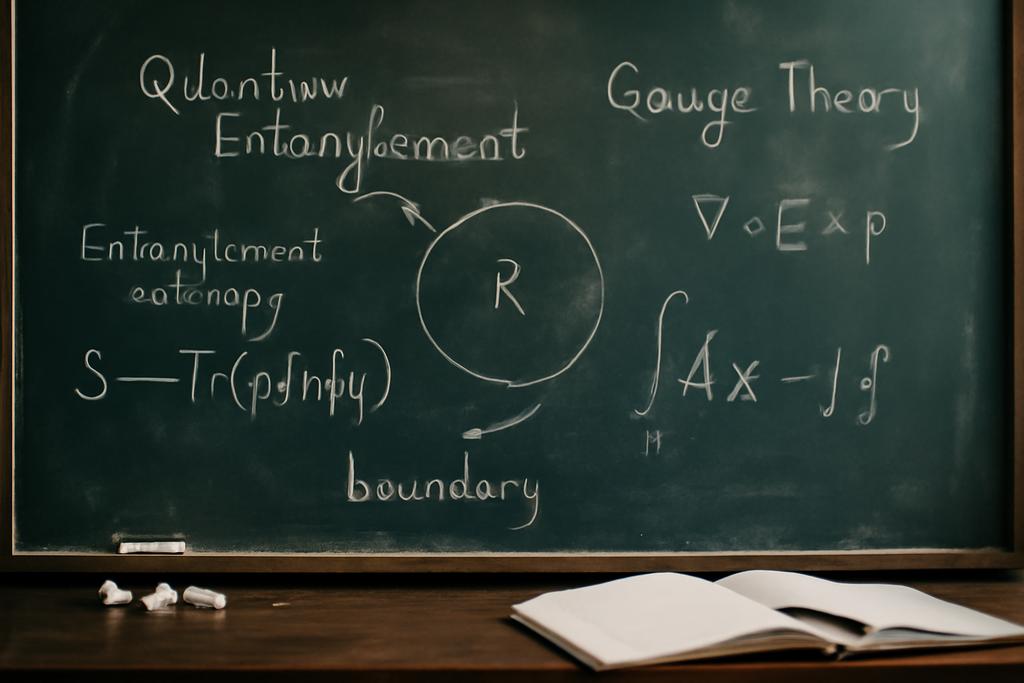The entanglement entropy you’ve heard about is a way to measure how tangled quantum systems are with each other. It’s a concept that has lit up discussions in quantum field theory, quantum gravity, and holography. But when you bring gauge symmetry into the picture—think of electromagnetism, or the color forces of quantum chromodynamics—the usual recipe for partitioning a system into a region and its outside starts to fray. Gauss’s law, a fundamental constraint in gauge theories, entangles what counts as a region with what lies on its boundary. The result has been a tangle of paradoxes, edge modes, and elusive “center” observables that cloud a clean, operational meaning of region-based entanglement.
That tension is precisely what a group of researchers from the Okinawa Institute of Science and Technology Graduate University (OIST) set out to untangle in a recent beefy theoretical advance. Led by Gonçalo Araújo-Regado, Philipp Höhn, and Francesco Sartini, their work reframes how we define a region in a gauge theory. They borrow a tool from quantum information that’s increasingly central in foundational physics: quantum reference frames, or QRFs. A QRF is a choice of perspective that helps you say what is being observed relative to some frame, instead of assuming an absolute partition. On a lattice gauge theory, this means you can define a subregion in a gauge-invariant, frame-relative way, and then ask: what entanglement actually lives in that region when seen from this frame? Importantly, lattice gauge theories don’t suffer ultraviolet infinities in the same way as their continuum cousins, so the math can become more concrete while still capturing the essence of gauge symmetry and edge data.
In short: the scientists show that you can define gauge-invariant subsystems relative to a chosen quantum frame, and that this relational view yields well-behaved, distillable entanglement entropies for the region. The work sits at the crossroads of quantum information, lattice gauge theory, and the study of how symmetry and locality shape quantum correlations. It’s a clear step toward a more human, frame-dependent understanding of entanglement that doesn’t pretend a region exists in isolation from the rest of the universe.
On a practical level, this relational blueprint helps resolve a long-standing tension: how to talk about regional entanglement without letting edge modes masquerade as spurious, non-distillable contributions. It also lays out a hierarchy of regional algebras—distinct mathematical languages you can use to describe what different quantum reference frames “see” about a region and its boundary. And it does all this without the detour of embedding the system in an auxiliary, extended Hilbert space, a trick that has historically muddied interpretation. The paper’s punchline is as tidy as it is surprising: the choice of frame matters, but there exists a principled, algebraic structure that unifies, generalizes, and sharpens our understanding of entanglement in gauge theories. The study is a collaborative effort out of OIST, with the lead researchers spearheading the theoretical framework behind the edge modes, corner symmetries, and the relational entropy accounting.










